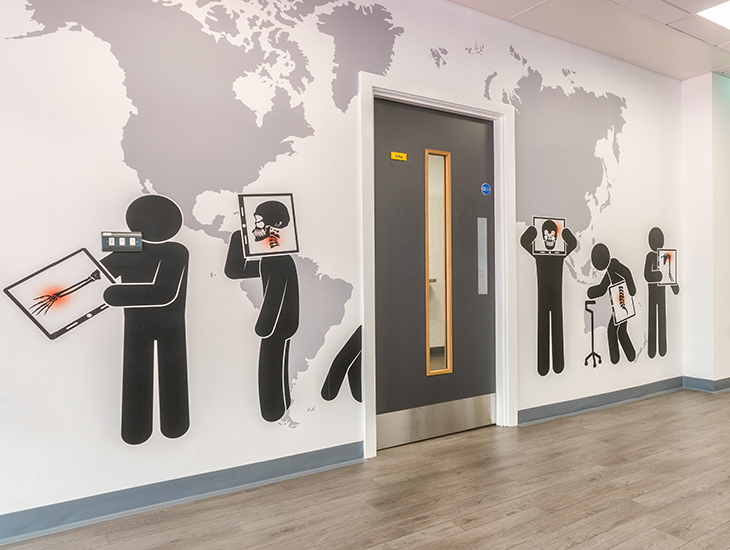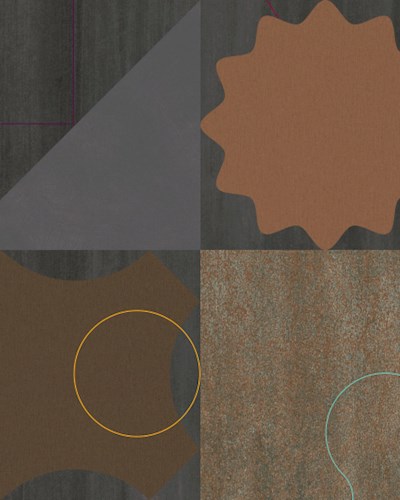How design can help people with dementia
How design can help people with dementia
The key to designing for dementia is to understand the condition and how those living with dementia perceive the healthcare environment around them.
There you are, stranded in a building you don’t recognise. Who are those people? What’s that noise? Why am I here? You’re confused and start to panic.
Alzheimer’s Disease International estimates that in Europe 15 million people live with dementia and this is expected to double every 20 years. To complicate matters, seven out of ten people with dementia will also live with another medical condition. This makes designing for dementia more important than ever.

Colours
The key to designing for dementia is to understand the condition and how those living with dementia perceive the healthcare environment around them.
Dementia affects memory and cognitive functionality, so misinterpretation and confusion is common. Be aware of changes in floor colour as it may be perceived as a step, toilets need to contrast with the floor and surrounding walls to make them more visible, the edges of stairs should have a ‘high hue and value contrast’ to minimise falls. There is much to consider, and while it can sound technical it’s really not too complicated.
Colour differentiation plays a critical role in making sure anything important to the patient stands out and can also be used to divert residents from areas they are not supposed to access. A blue door against a blue wall is going to be ignored whereas using bold hues to identify handrails against quieter tones makes them distinctive.
Using clear contrasts in colour to mark spaces that have different uses, such as the toilet, library and dining area, is essential.
Reminiscence therapy
Dementia mainly affects short term memory. Increasingly a part of dementia care is reminiscence therapy, whereby patients use their long term memory to recall stories from their past. The therapy promotes wellbeing by reducing stress and helps carers to bond with their patients.
Design that includes the careful use of imagery on interior walls and doors lends itself to reminiscence therapy. Walls with picturesque views and local historical images help patients to go back to a place or time familiar to them.
Advancements in printing technology mean you can capture any image, motif or colour onto a wall panel, opening up the possibility to include reminiscence therapy as part of the design. We know a thing or two about the creation of bespoke prints which you can find out more about here.

Walking with purpose
We all like a little wander and those living with dementia are no different - they just have a bit more trouble finding their way back or remembering where they’re going to. Using wayfinding directional panels which incorporate memorable images can help patients find their way around the centre with more ease.
Increasingly dementia facilities are giving those keen to wander a purpose by providing residents with a destination to focus on, a communal area for example. Some of these units use imagery in the corridors leading to the communal area to help encourage residents on their journey.
One piece of the puzzle
Keeping those living with dementia as active participants in life should be at the foundation of all care. A knowledgeable use of colour and design is undoubtedly helpful in creating this supportive environment and with the large range of colour options as well as the Younique® by Formica service, designing for dementia can be made easier for all.



